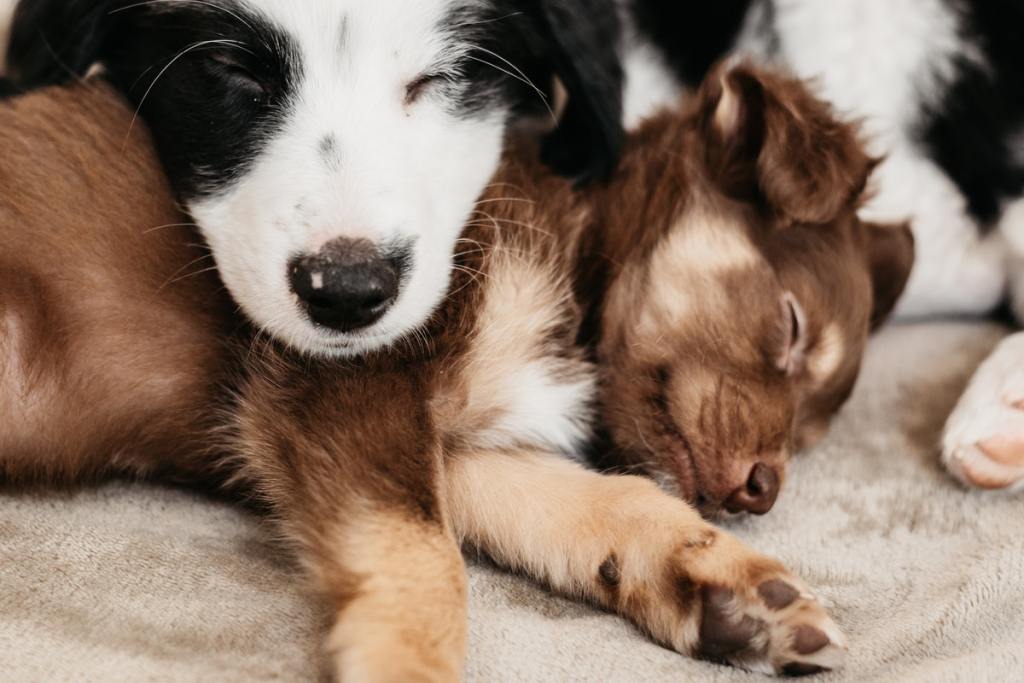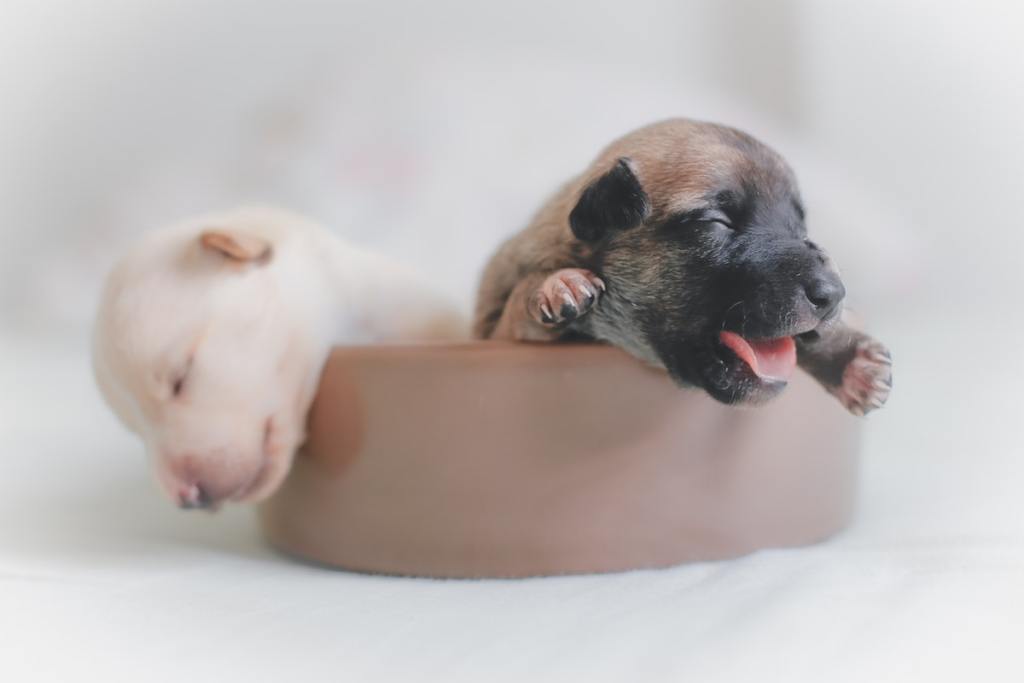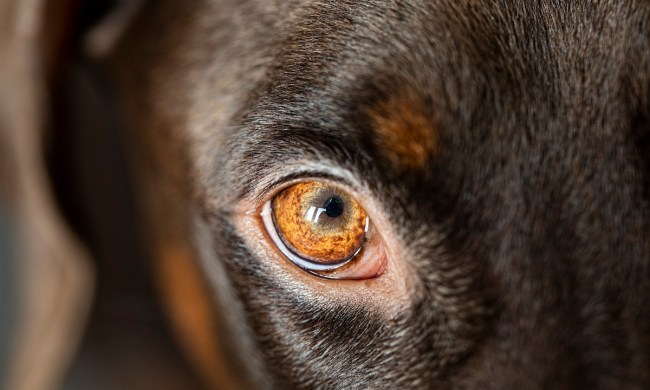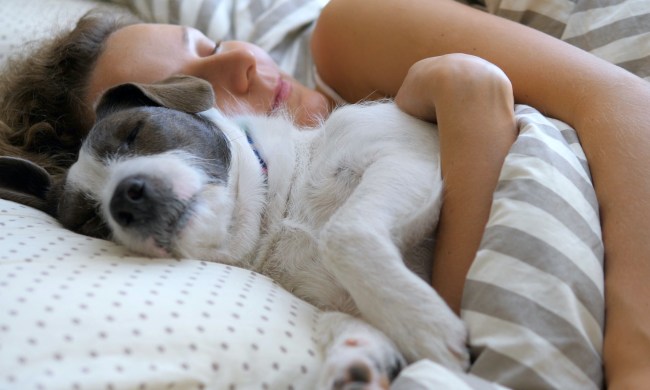Oh my goodness, your new little ball of fluff is the cutest thing. He could literally fit in your hands. We are melting over how precious a new puppy is. You have everything absolutely ready to bring Pupper home. Except his bed.
You aren’t sure if you should get a big bed so he looks even more itty-bitty in the middle of it or get a bed that is just his size. Well, Goldilocks had to try out a few sizes before she found her right fit. Does it really matter what size bed you get for your new puppy? Let’s check out some dog beds for puppies.

Go big
Let’s start with a full-sized bed. Is there such a thing as getting a bed that’s too big for your dog? What will he do with all that extra space? Is it safe?
It’s totally fine to get a bed bigger than your dog. Think of a newborn baby. You get the one crib. You put the baby in the middle of the crib and then coo over how cute the tiny baby looks in the middle of the big crib.
It’s the same for the puppy. If you know what breed your dog is and how big he’ll get, then you can get the bed size he will eventually fit in. But what about all that extra space?
Unlike with a newborn baby, you can put stuffed animals and other toys in your dog’s bed. Put a cozy stuffed buddy, a few chew toys, and a snuggly blanket in the extra space. You want to make your dog’s bed his safe haven. You keep your phone and book and other items by your bed, right? Give your pup some stuff to do when he wants to be lazy and stay in bed all day.
The Bedsure Large Dog Bed would be great if you want your pup to have plenty of space to stretch out and grow into. It can either hold a dog up to 75 pounds or give your puppy enough room for naps, toys, blankets, and whatever else he wants to cuddle with.
Go small
Of course, you can get a bed to just fit your dog. If you don’t mind having to buy another bed if and when he gets a bit bigger, then smaller can be a good move. Your pooch might feel cozier in a smaller space. If you have a dog breed that loves to cuddle, prefers to sleep curled up, and has a higher anxiety level, then a smaller space would be best.
Depending on how old and how big your puppy is when you rescue him, he might be used to one type of bed already. If he was accustomed to a smaller space and a smaller bed, start out with that. You can always work up to a bigger one once he is comfortable in his new home.
A great starter bed for your smaller pup is the Nononfish Store Calming Dog Bed. It has a comfy and fluffy fur cover that will calm your puppy down if he’s having trouble adjusting to his new place. It’s a circular shape, which smaller dogs love.

Know your space
Whether you should get a big or small bed also depends on where you are going to have your puppy sleep. Is he going to be in a crate? Sleeping in your room? Have his own designated area?
If you live in a smaller space, like an apartment, then it would be easier to start out with a smaller bed. You can see how big your dog is going to get and buy another bed when you have a better idea of the kind of space he will take up as a full-grown dog.
The Furhaven Orthopedic Dog Bed is a good medium size if you are unsure about your space. It’s big enough for a puppy to stretch out but still won’t take up your entire room. It has a three-sided bolster to give your pup somewhere to burrow or rest his little head.
Pay attention to your pup
The best thing to do is to watch your dog. See how your pup reacts to his new bed. He may not take to it right away, and that’s OK. If it’s been awhile and he still doesn’t like it, you may want to try another shape or another size bed.
You’re both going to be on a learning curve while you get to know each other. The important thing is that your little paw-fect friend has a safe and comfy place to sleep.



